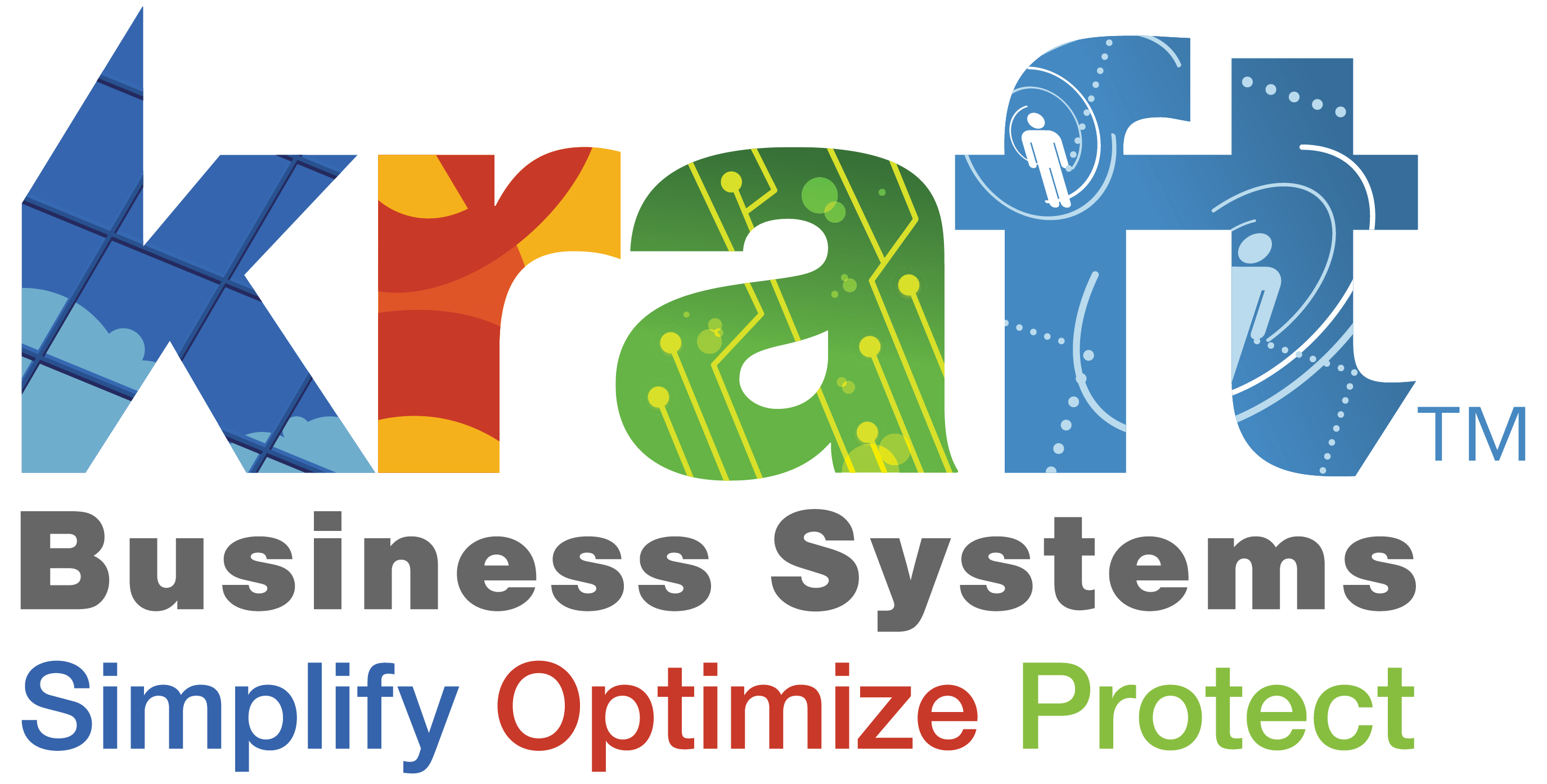Small business technology challenges can often seem overwhelming, yet resolving them paves the way for innovation and growth. From keeping pace with rapid technological advancements to reinforcing cybersecurity measures, small enterprises face unique problems that require custom strategies.
Here’s a quick glance at the primary challenges:
- Compliance with regulations: Understanding and adhering to industry-specific rules can be complex.
- Cybersecurity concerns: Protecting sensitive data requires robust security systems.
- Effective IT strategy: Small businesses struggle with aligning technology with business goals.
- Data management and backup: Organizing and safeguarding data can be difficult without the right systems.
- Adapting to new technologies: Rapid tech changes demand constant updates and adaptations.
Exploring these challenges reveals opportunities for small businesses to innovate, compete more effectively, and secure a stable foothold in the market.
Find more about small business technology challenges:
Understanding Small Business Technology Challenges
Small businesses are no strangers to challenges. They face a unique set of problems that can make day-to-day operations feel like an uphill battle. Let’s break down some of the most pressing small business technology challenges.
Inflation
Inflation is a silent but powerful force affecting small businesses. Rising costs for goods and services mean that small businesses must stretch their budgets further. This can make it difficult to invest in new technologies or maintain existing ones. With limited financial resources, small businesses often find themselves in a bind, having to choose between upgrading their IT infrastructure or addressing other pressing needs.
Supply Chain
Supply chain disruptions have become a major headache. From delays in receiving necessary hardware to increased costs for essential components, small businesses are often at the mercy of global supply chain issues. This can lead to significant delays in implementing new technologies or maintaining current systems, impacting overall productivity and growth.
Talent Acquisition
Finding skilled talent is another significant challenge. The competition for tech-savvy employees is fierce, and small businesses often struggle to attract and retain top talent. This can lead to gaps in expertise, making it harder to manage and leverage technology effectively. Moreover, without the right personnel, small businesses may find it challenging to keep up with technological advancements or integrate new solutions seamlessly.
Cybersecurity
Cybersecurity remains a top concern. Small businesses are attractive targets for cybercriminals because they often lack the robust security measures of larger corporations. Cyber threats like phishing, ransomware, and data breaches can have devastating effects. According to the report, 91% of businesses actively using AI believe it will help their business grow, yet without proper cybersecurity measures, these advancements can be at risk.
To sum up, these challenges are not impossible. With strategic planning and the right partnerships, small businesses can steer these obstacles effectively. By understanding and addressing these issues, small enterprises can position themselves for growth and success in a competitive market.
Next, we’ll dive into the evolving cybersecurity threats and how small businesses can protect themselves.
Evolving Cybersecurity Threats
Cybersecurity threats are a growing concern for small businesses. These enterprises often lack the resources to implement the same level of security protocols as larger companies. This makes them prime targets for cybercriminals. Understanding these threats and implementing effective security measures is crucial for protecting sensitive data and maintaining business integrity.
Cybersecurity Risks
The landscape of cybersecurity threats is constantly changing. Cybercriminals are becoming more sophisticated, employing tactics like phishing and ransomware attacks. Phishing schemes trick employees into revealing confidential information, while ransomware can lock businesses out of their own data until a ransom is paid. These attacks can lead to severe financial losses and damage a company’s reputation.
Security Protocols
Implementing robust security protocols is essential to mitigate these risks. Small businesses should focus on multilayered security strategies. This includes firewalls, intrusion detection systems, and regular system updates to patch vulnerabilities. Training employees to recognize potential threats and avoid common pitfalls, like clicking on suspicious links, is also critical.
Key security practices include:
- Firewalls: Act as a barrier to unauthorized access.
- Intrusion Detection Systems (IDS): Monitor for suspicious activity.
- Regular Updates: Ensure all systems and software are up-to-date.
Data Protection
Protecting data is not just about preventing breaches; it’s also about ensuring compliance with data privacy laws. Regulations like the GDPR and CCPA require businesses to maintain strict data handling practices. This includes encryption, access controls, and maintaining up-to-date records of data processing activities.
Data protection strategies:
- Encryption: Protects data both in transit and at rest.
- Access Controls: Limits data access to authorized personnel only.
- Regular Backups: Ensures quick recovery in case of a data loss incident.
The role of Managed Service Providers (MSPs) is increasingly important in this context. MSPs offer expertise in setting up and managing security systems, providing small businesses with the tools needed to fend off cyber threats. They offer services like continuous security monitoring and incident management, which are crucial for maintaining a strong security posture.
By staying informed and proactive, small businesses can effectively tackle these cybersecurity challenges. Next, we’ll explore how to keep IT infrastructure up-to-date and aligned with technological advancements.
Keeping IT Infrastructure Up-to-Date
Keeping IT infrastructure up-to-date is a critical challenge for small businesses. Without a strategic approach to technology management, businesses risk falling behind competitors. Let’s explore how to align IT strategy with business goals and manage technological advancements effectively.
IT Strategy
An effective IT strategy aligns technology with business objectives. Small businesses often struggle with this due to limited resources and expertise. Many small enterprises react to IT issues as they arise rather than planning proactively. This reactive approach can lead to temporary solutions that don’t support long-term growth.
Key elements of a solid IT strategy:
- Goal Alignment: Ensure technology investments support business objectives.
- Resource Allocation: Balance immediate needs with long-term benefits.
- Proactive Planning: Anticipate future technology needs and trends.
Technology Management
Efficient technology management involves overseeing all tech assets, including hardware and software. Small businesses often lack dedicated IT personnel, making this a challenging task.
Effective technology management practices:
- Inventory Management: Keep track of all technology assets.
- Lifecycle Management: Plan for upgrades and replacements before issues arise.
- Vendor Management: Work closely with technology vendors to ensure optimal performance.
Managed Service Providers (MSPs) can be invaluable here. They offer expertise in managing IT infrastructure, allowing small businesses to focus on core activities. MSPs provide scalable solutions and help businesses avoid costly mistakes by ensuring that systems are compatible and up-to-date.
Technological Advancements
Adapting to new technologies is crucial for staying competitive. However, the fast pace of technological change can be daunting. Many small businesses struggle to afford and implement new technologies effectively.
Strategies for adopting new technologies:
- Prioritize Needs: Focus on technologies that offer the most significant benefit.
- Training and Support: Ensure staff are trained to use new tools effectively.
- Incremental Adoption: Implement new technologies in stages to minimize disruption.
By partnering with MSPs, small businesses can access cutting-edge technologies without the overhead of an in-house IT department. MSPs tailor solutions to fit specific business needs, ensuring relevant and impactful technology adoption.
Keeping IT infrastructure up-to-date not only supports current operations but also positions small businesses for future success. Next, we’ll dig into the compliance and regulatory impacts on small businesses.
Compliance and Regulatory Impacts
Navigating the maze of regulations is a significant hurdle for small businesses. Compliance is not just a box-ticking exercise; it’s a critical aspect of maintaining credibility and avoiding legal repercussions. Let’s break down the challenges and explore how businesses can manage these issues effectively.
The Complexity of Compliance
Small businesses must stay informed about a myriad of industry-specific regulations. These rules are often complex and can change frequently, creating a moving target for compliance. Key areas include data protection laws like GDPR or HIPAA, which require businesses to safeguard sensitive information.
Common compliance challenges:
- Awareness: Understanding which regulations apply to your industry.
- Implementation: Setting up systems that meet regulatory standards.
- Monitoring: Keeping track of regulatory changes and ensuring continuous compliance.
Consequences of Non-compliance
Failing to comply with regulations can have severe consequences. Non-compliance can lead to hefty fines, operational restrictions, and even legal action. Moreover, it can damage a business’s reputation, leading to a loss of customer trust.
Solutions for Compliance Management
Small businesses can take several steps to manage compliance effectively. Investing in compliance management software can simplify the process by automating monitoring and reporting. Additionally, consulting legal experts can provide clarity on complex regulations.
Effective compliance strategies:
- Invest in Technology: Use software to automate compliance tasks.
- Seek Expertise: Work with legal professionals to interpret regulations.
- Train Employees: Ensure staff understand compliance requirements and protocols.
Managed Service Providers (MSPs) can be invaluable partners in this area. They offer services such as regular compliance audits, employee training, and cybersecurity solutions to keep businesses aligned with regulatory requirements.
By proactively managing compliance, small businesses can mitigate risks and focus on growth. Now, let’s explore how leveraging AI and emerging technologies can further improve business operations.
Leveraging AI and Emerging Technologies
Small businesses are increasingly turning to AI adoption to boost their operations. This shift is not just about keeping up with technology trends; it’s about enhancing operational efficiency and offering personalized services to customers.
AI Adoption Among Small Businesses
AI is no longer a tool reserved for big corporations. In fact, a recent report showed that 40% of small businesses are now using generative AI, almost double from the previous year. This surge is driven by AI’s ability to automate tasks, analyze data, and improve decision-making processes.
Why small businesses are embracing AI:
- Cost Savings: AI can reduce operational costs by automating repetitive tasks.
- Improved Decision-Making: AI analyzes data to provide insights that help businesses make informed decisions.
- Improved Customer Experience: AI allows for personalized interactions, making customers feel valued and understood.
Enhancing Operational Efficiency
AI helps small businesses streamline their operations. By automating routine tasks, businesses can focus on what truly matters—growth and customer service. For instance, AI can handle customer inquiries through chatbots, freeing up human resources for more complex issues.
Operational benefits of AI:
- Time Efficiency: Automates mundane tasks, saving time for strategic activities.
- Resource Optimization: Allocates resources more effectively, reducing waste.
- Process Improvement: Identifies bottlenecks and suggests improvements.
Personalized Services through AI
Personalization is key to standing out in a crowded market. AI enables small businesses to tailor their services to individual customer needs, much like larger corporations. By analyzing customer data, AI can suggest products or services that match customer preferences.
How AI personalizes customer interactions:
- Customized Recommendations: Suggests products based on past purchases or browsing history.
- Targeted Marketing: Delivers personalized marketing messages that resonate with individual customers.
- Responsive Support: Provides quick and accurate responses to customer queries, enhancing satisfaction.
Incorporating AI and emerging technologies is not just a trend—it’s a strategic move that can propel small businesses forward. As we continue exploring technology’s impact, let’s dig into some frequently asked questions about small business technology challenges.
Frequently Asked Questions about Small Business Technology Challenges
What are the main technology challenges for small businesses?
Small businesses face several technology challenges that can hinder their growth. Cybersecurity is a major concern, as small businesses often lack the resources to implement robust security measures, making them vulnerable to cyberattacks. According to recent insights, phishing attacks and ransomware are increasingly sophisticated, targeting businesses with weaker defenses.
Another significant challenge is maintaining an up-to-date IT infrastructure. With rapid technological advancements, small businesses struggle to keep pace, often resulting in outdated systems that can affect productivity and competitiveness. Additionally, navigating compliance with industry regulations can be daunting. Businesses must ensure they adhere to laws like GDPR or HIPAA to avoid fines and legal repercussions.
How can small businesses overcome technology challenges?
Small businesses can tackle these challenges by leveraging technology platforms and adopting strategic planning. AI and other emerging technologies offer tools to improve operational efficiency. For instance, AI can automate repetitive tasks, allowing businesses to focus on strategic growth and innovation.
Partnering with Managed Service Providers (MSPs) can also be beneficial. MSPs provide expertise in cybersecurity, ensuring small businesses implement necessary security protocols. Moreover, investing in compliance management software can help businesses stay updated with regulatory changes, reducing the risk of non-compliance.
Strategic use of technology platforms can streamline operations, making it easier for small businesses to manage IT assets and data effectively. This approach not only addresses immediate challenges but also sets the foundation for future growth.
What role does technology play in small business growth?
Technology plays a crucial role in driving small business growth by enhancing operational efficiency and providing a competitive advantage. By adopting technologies like AI, businesses can automate processes, reduce costs, and improve decision-making through data analysis.
Innovation is another area where technology shines. It enables small businesses to offer personalized services, much like their larger counterparts, enhancing customer satisfaction and loyalty. For example, AI-driven insights allow businesses to tailor their offerings to meet individual customer needs, which can lead to increased sales and market share.
Furthermore, technology fosters competitive advantage by enabling businesses to operate more efficiently and respond quickly to market changes. By keeping IT infrastructure up-to-date and leveraging emerging technologies, small businesses can stay ahead of the competition and thrive in a digital-first world.
Conclusion
At Kraft Business, we understand the technology challenges that small businesses face. From cybersecurity concerns to compliance problems, these obstacles can seem daunting. However, with the right technology solutions, these challenges can be transformed into opportunities for growth.
Our team of experts is dedicated to helping small businesses steer the complex technological landscape. We offer comprehensive managed IT support that includes cutting-edge cybersecurity measures, strategic IT planning, and compliance management. By partnering with us, businesses can focus on what they do best—growing and innovating—while we handle the technical complexities.
Technology is not just a tool; it’s a pathway to business growth. With advancements like AI and data analytics, small businesses can improve operational efficiency, reduce costs, and offer personalized services that rival larger competitors. By embracing these innovations, businesses can gain a competitive edge and secure their place in the market.
Let us help you leverage technology to drive your business forward. Together, we can turn today’s challenges into tomorrow’s successes.








